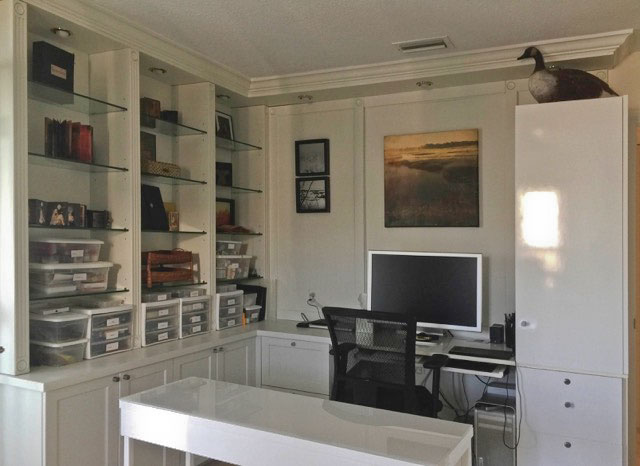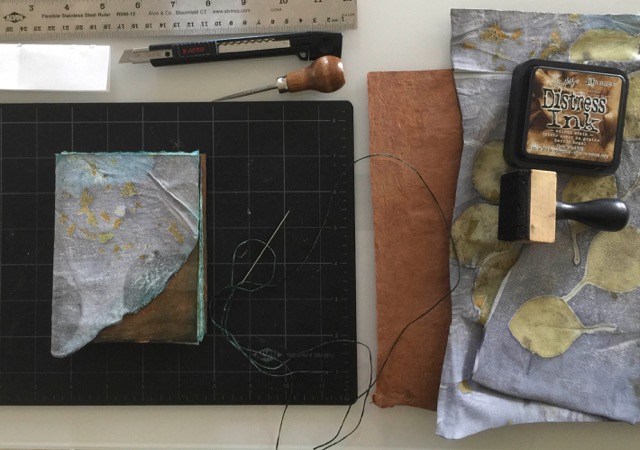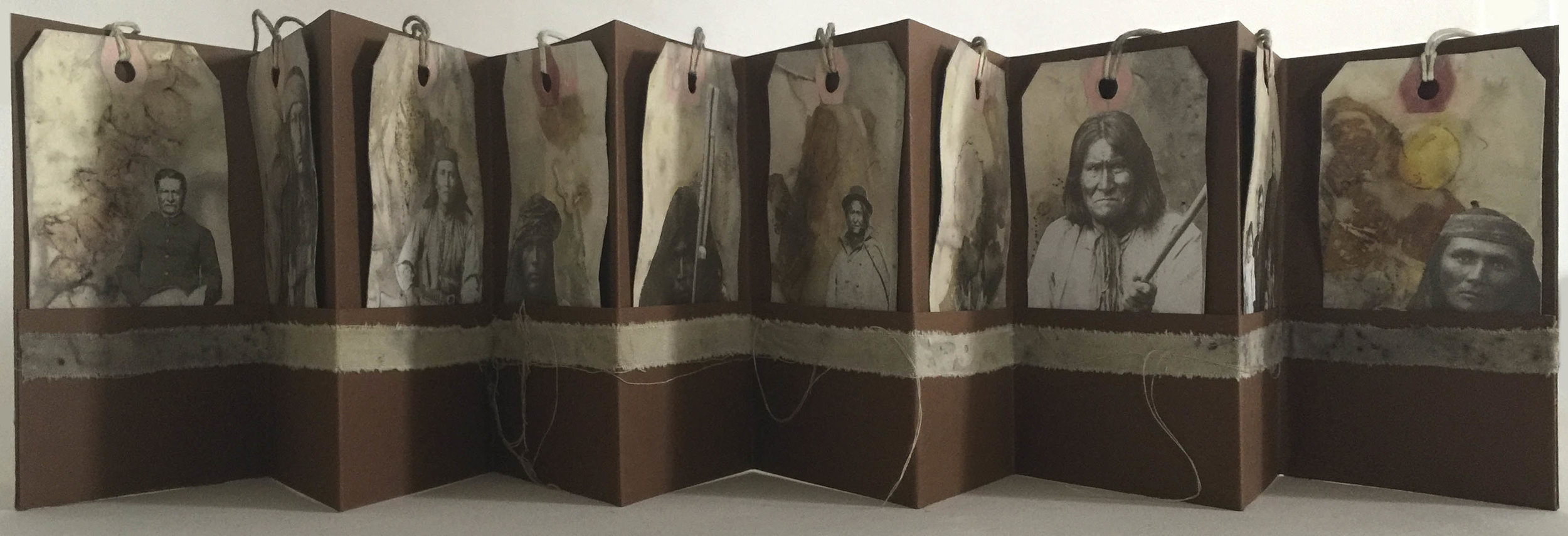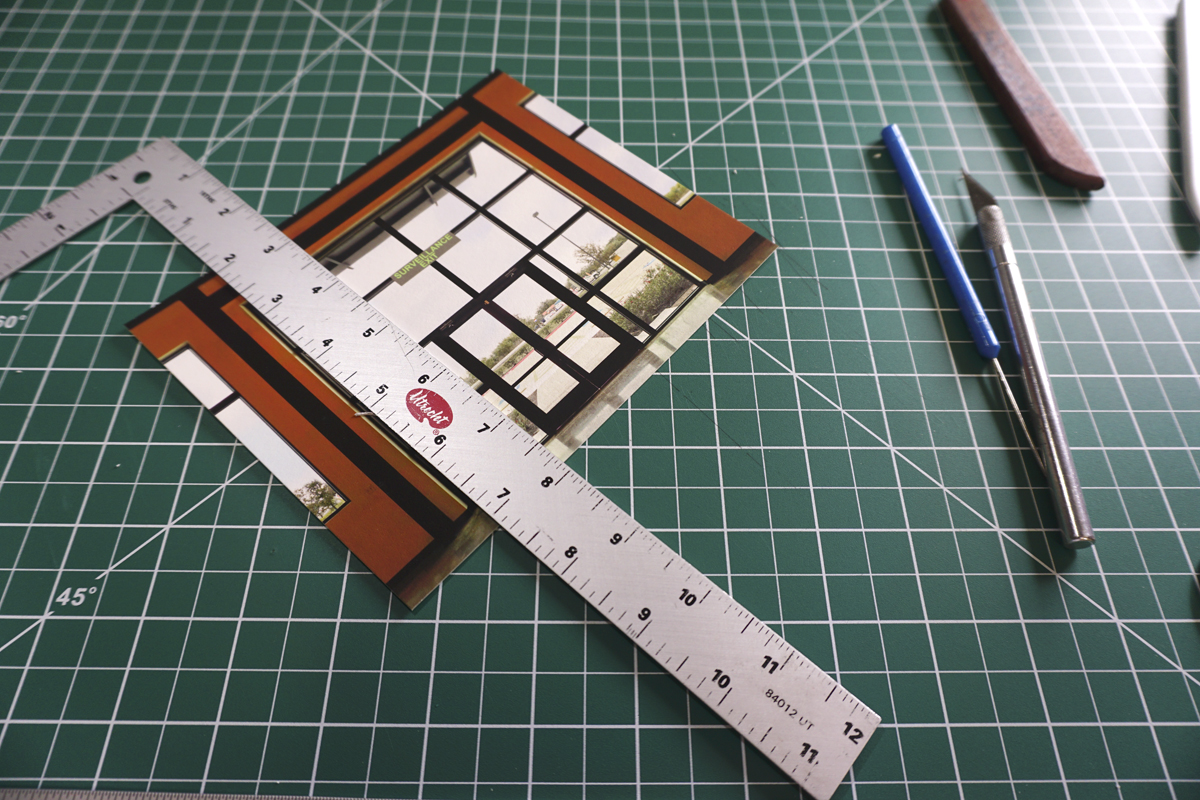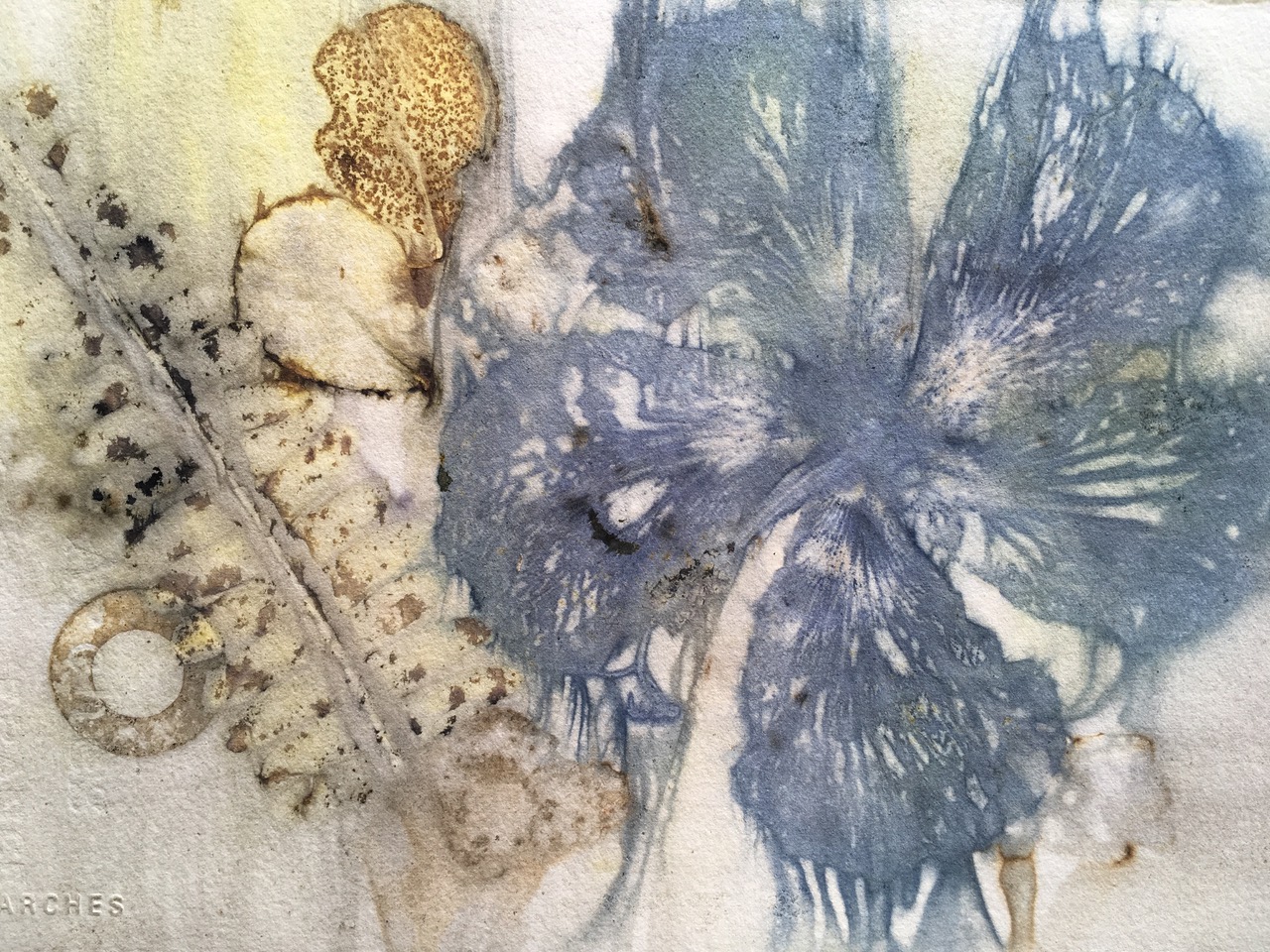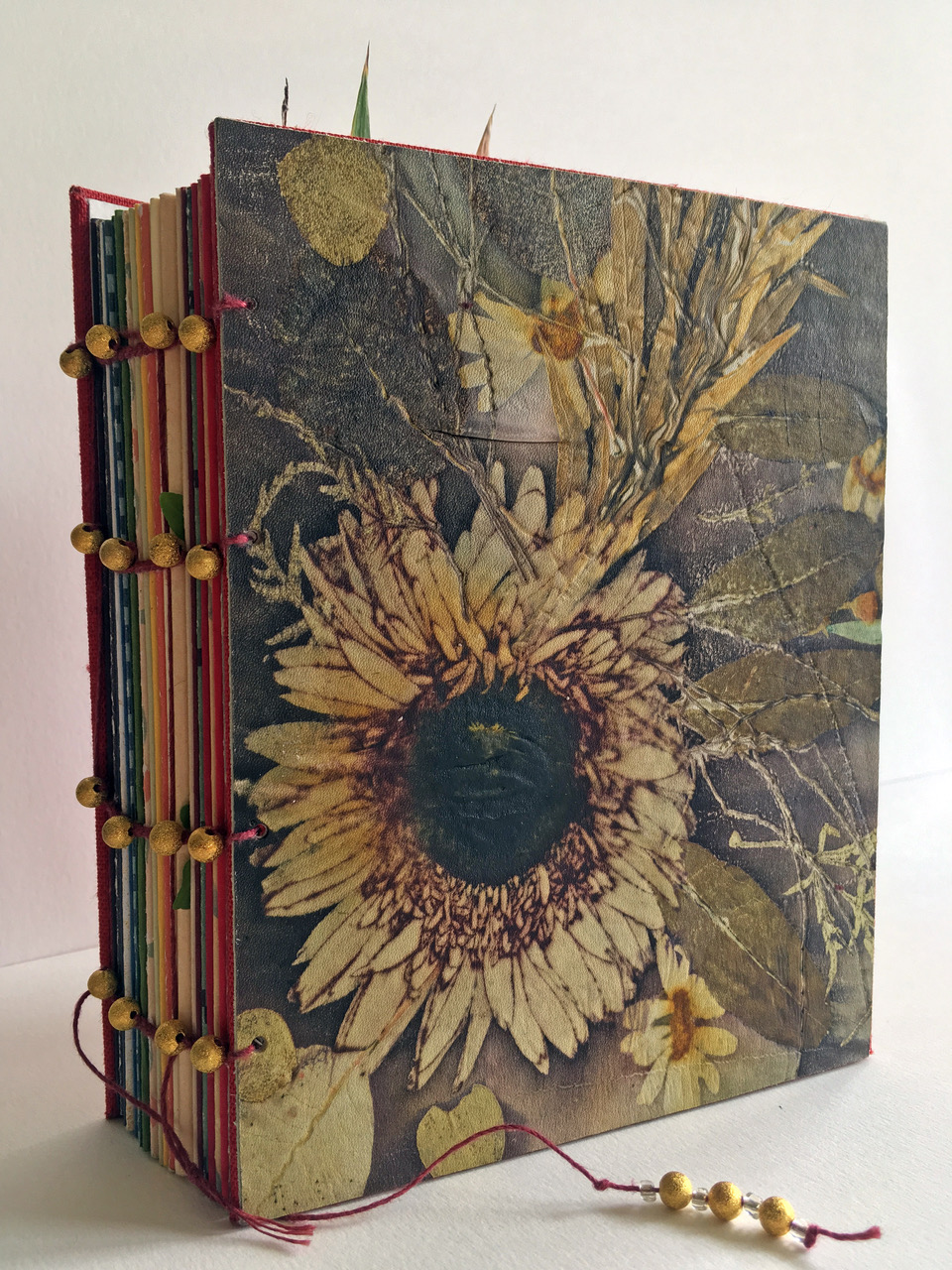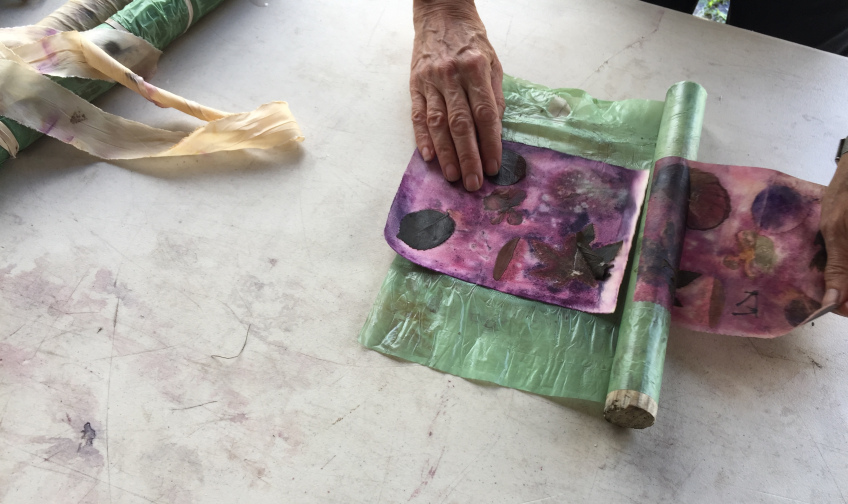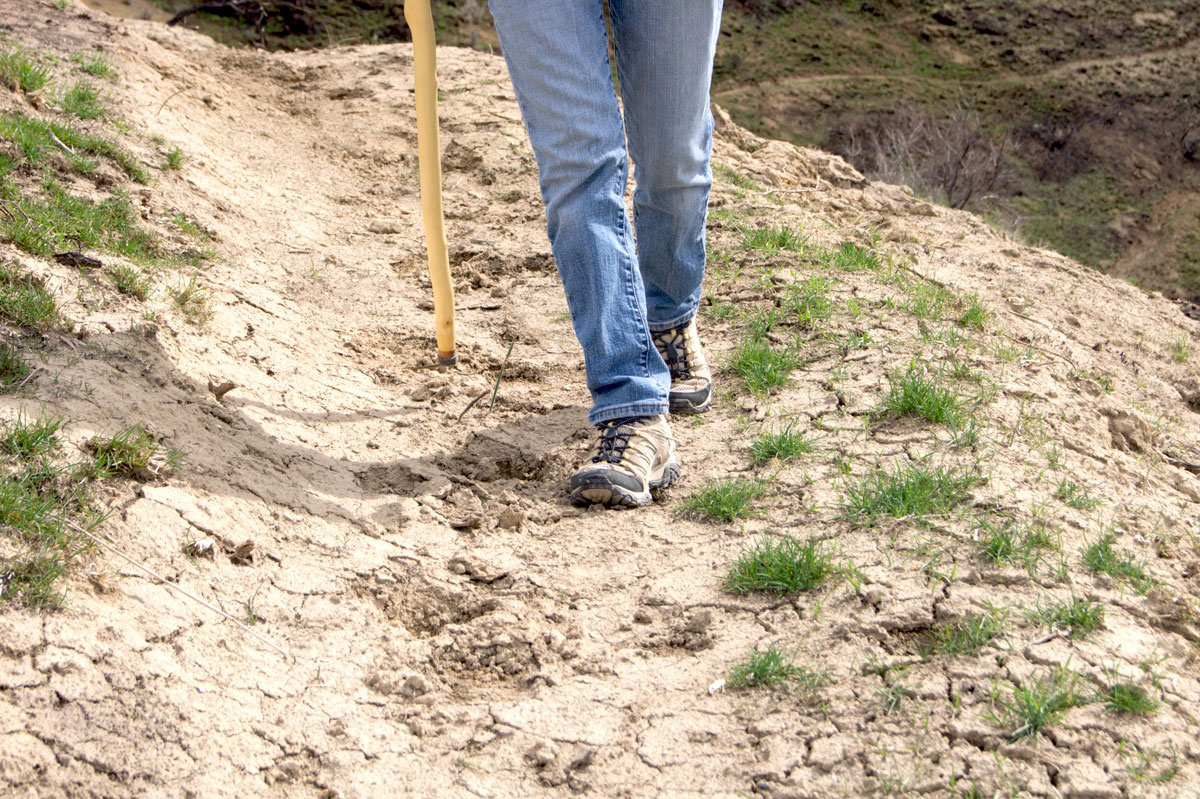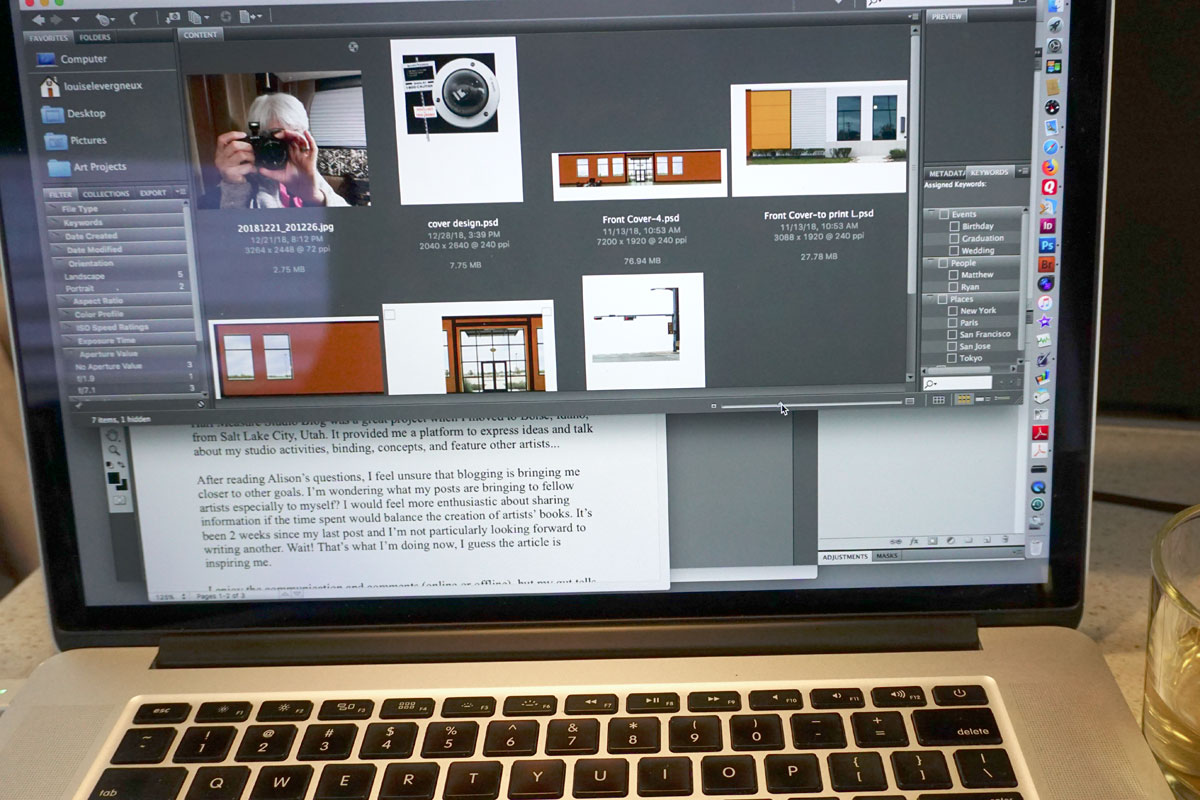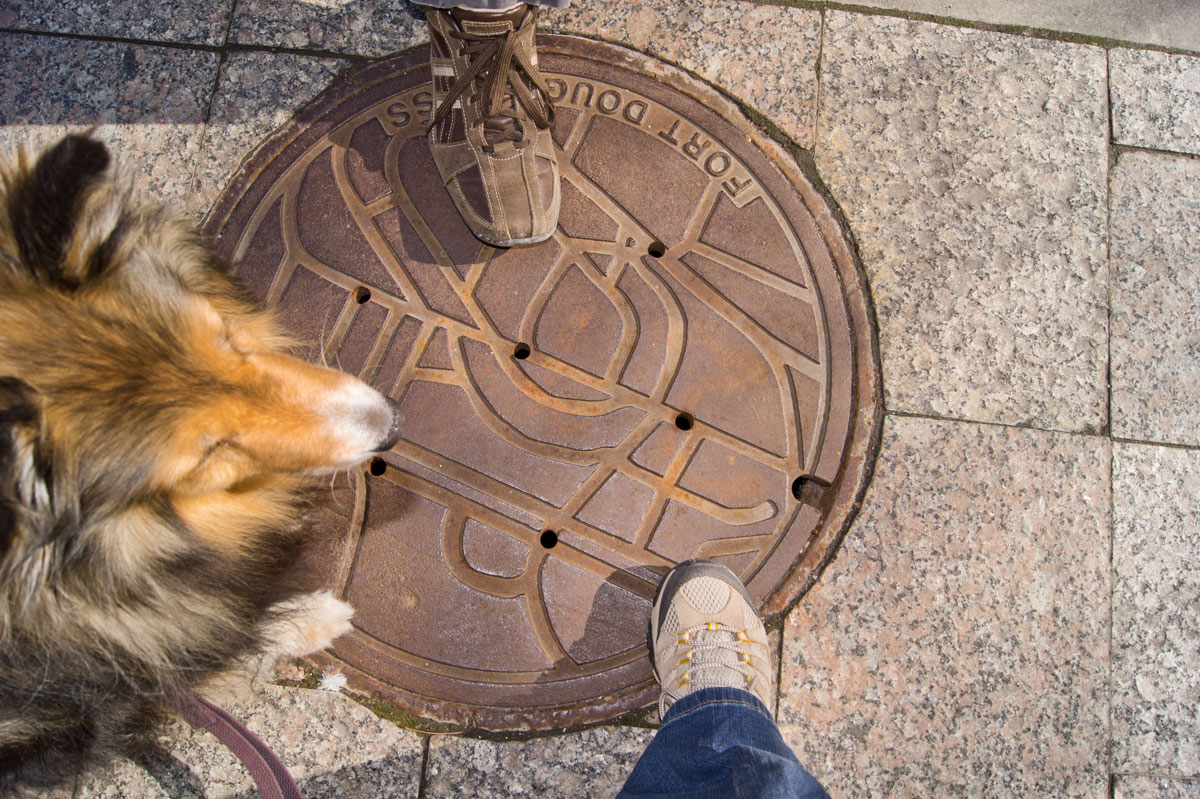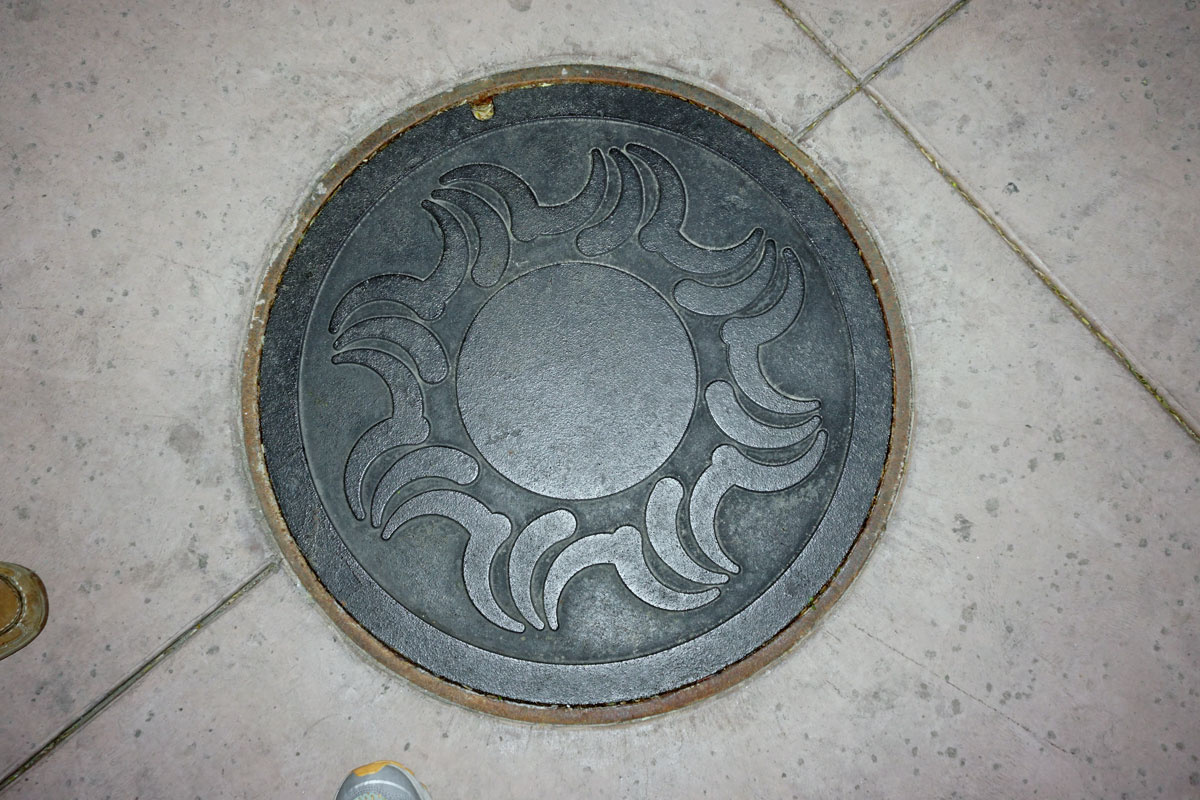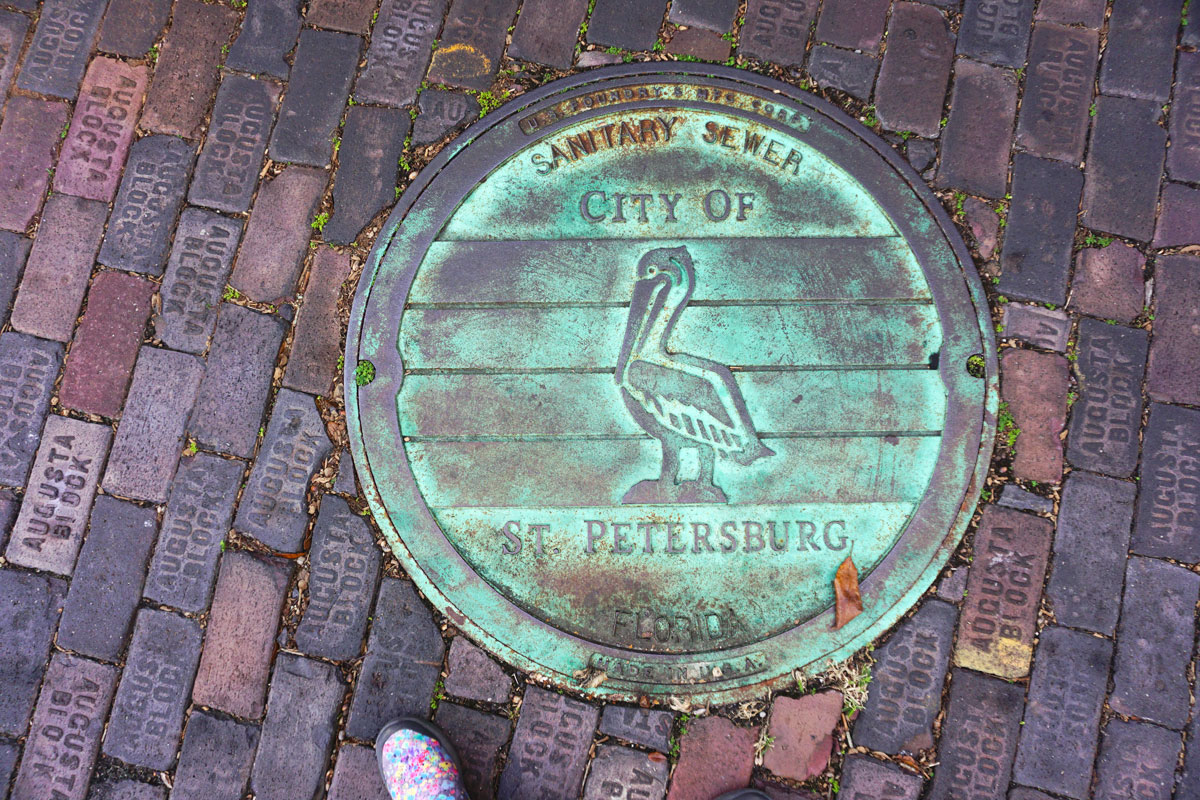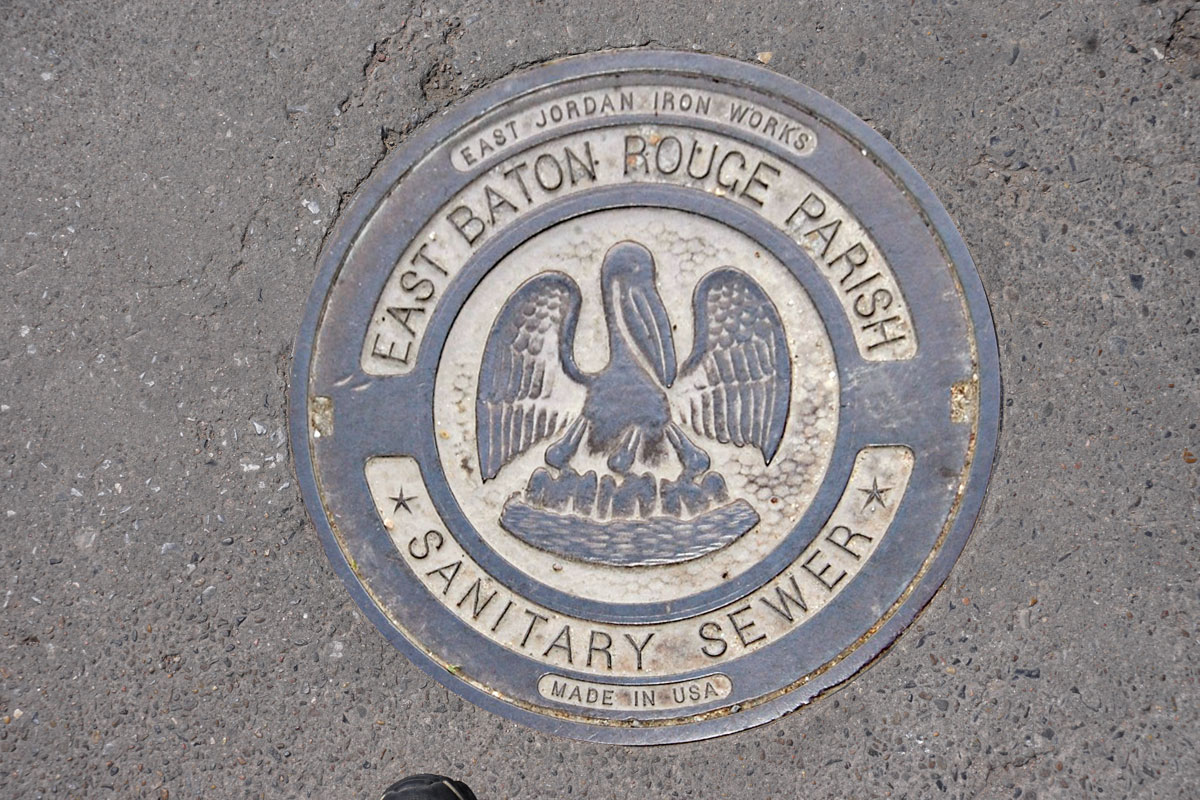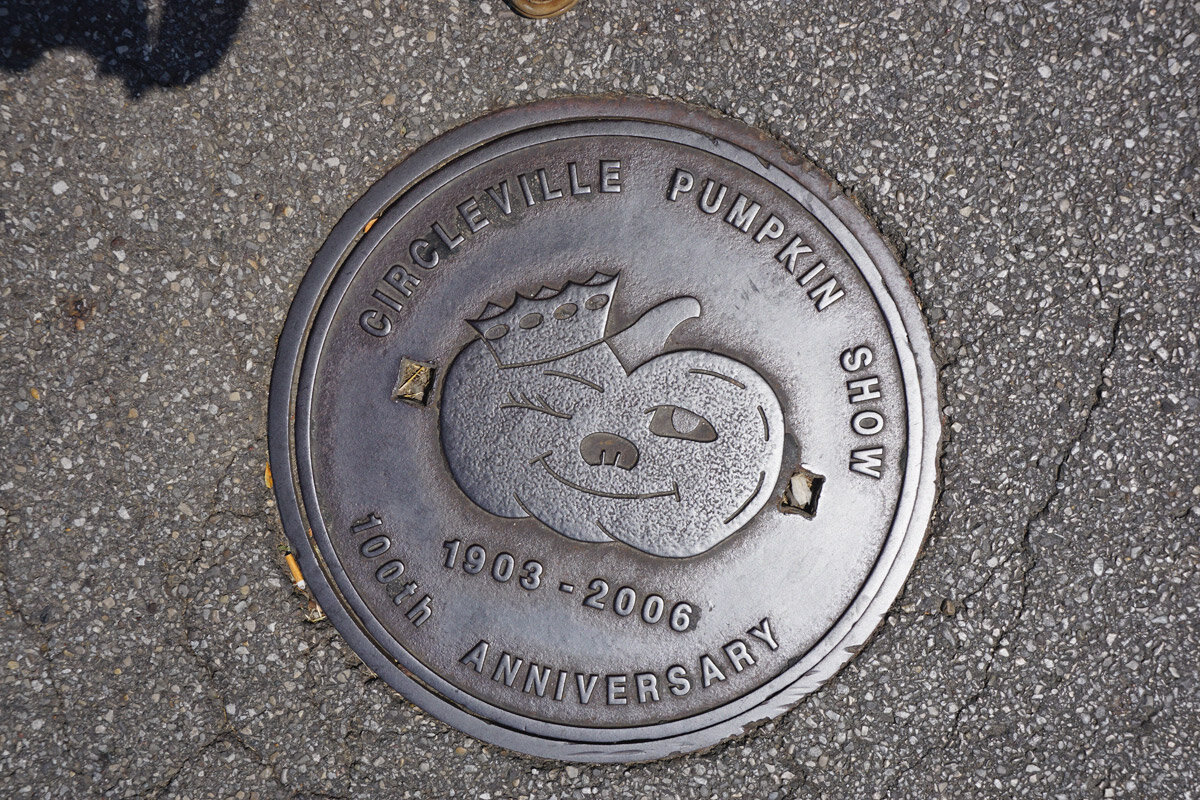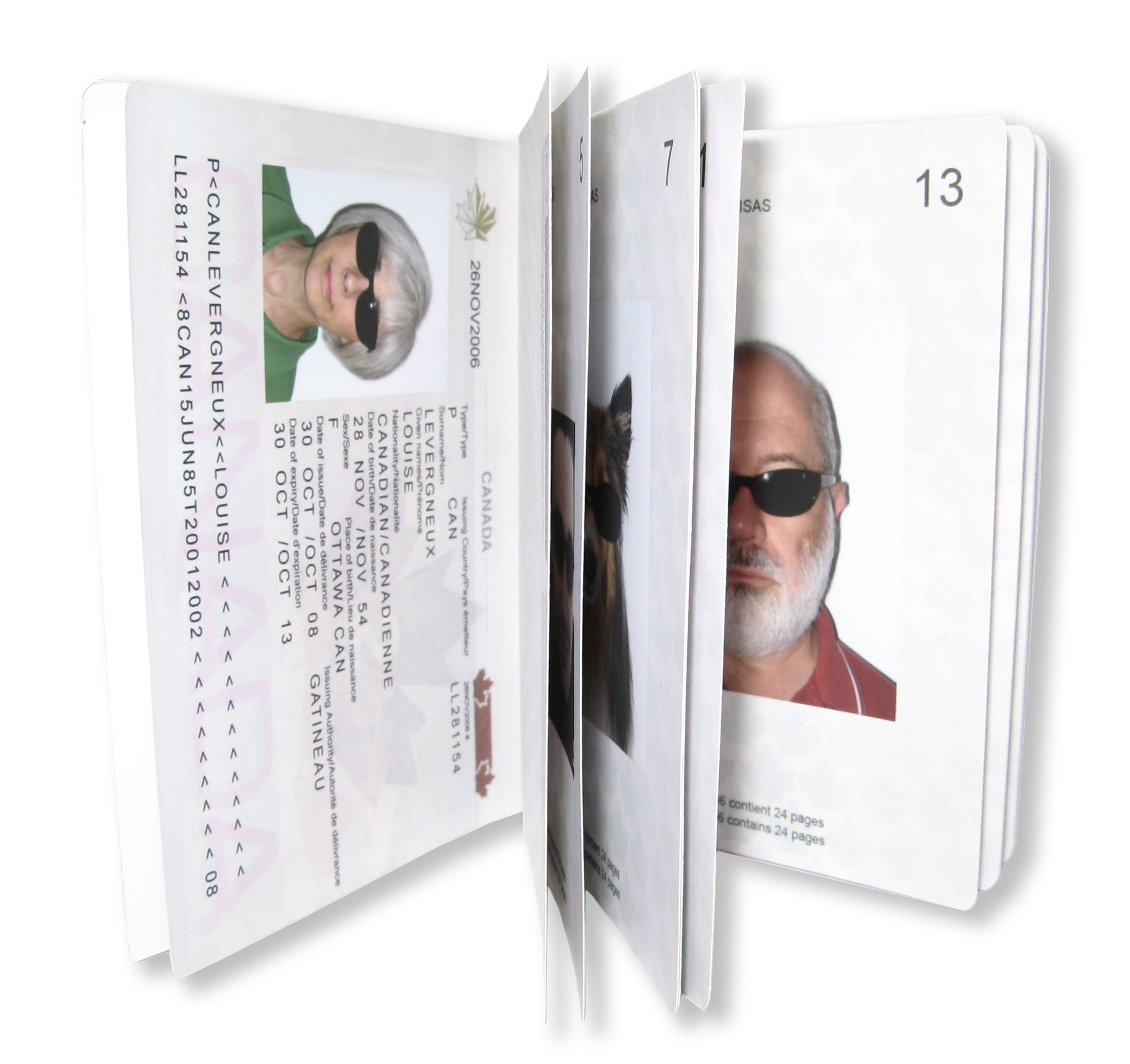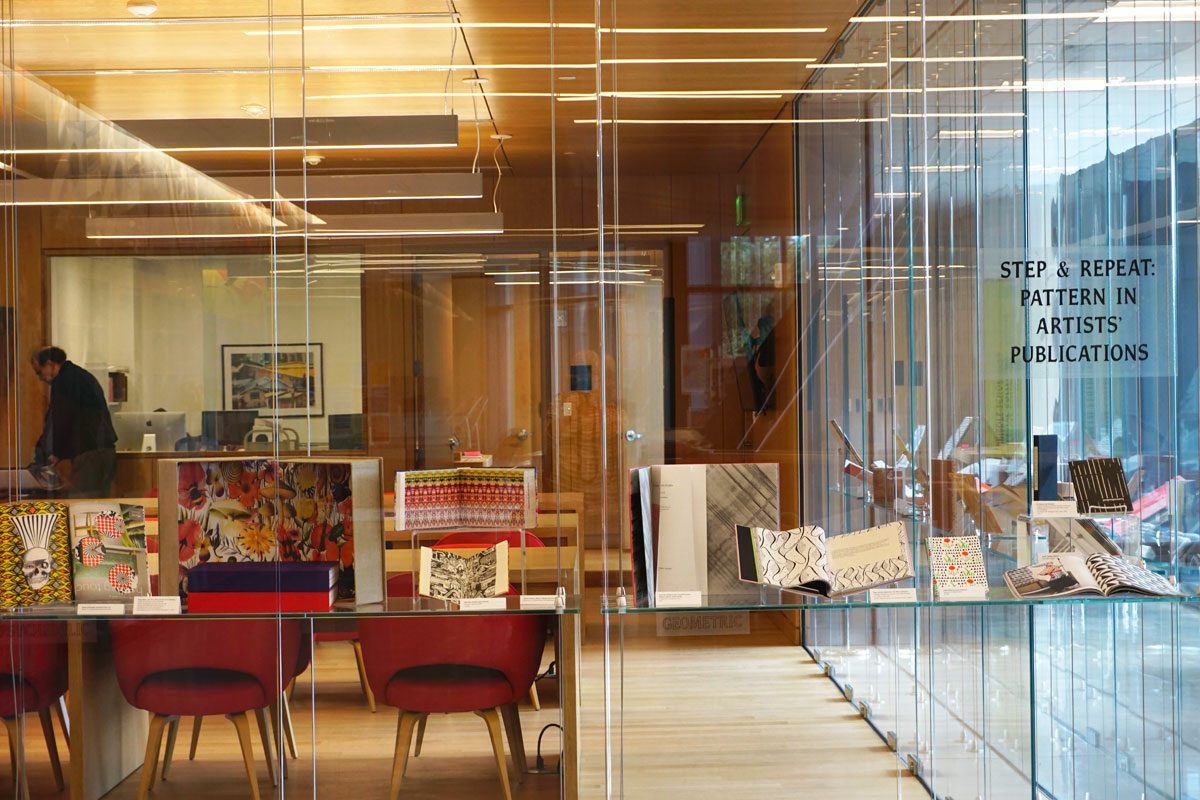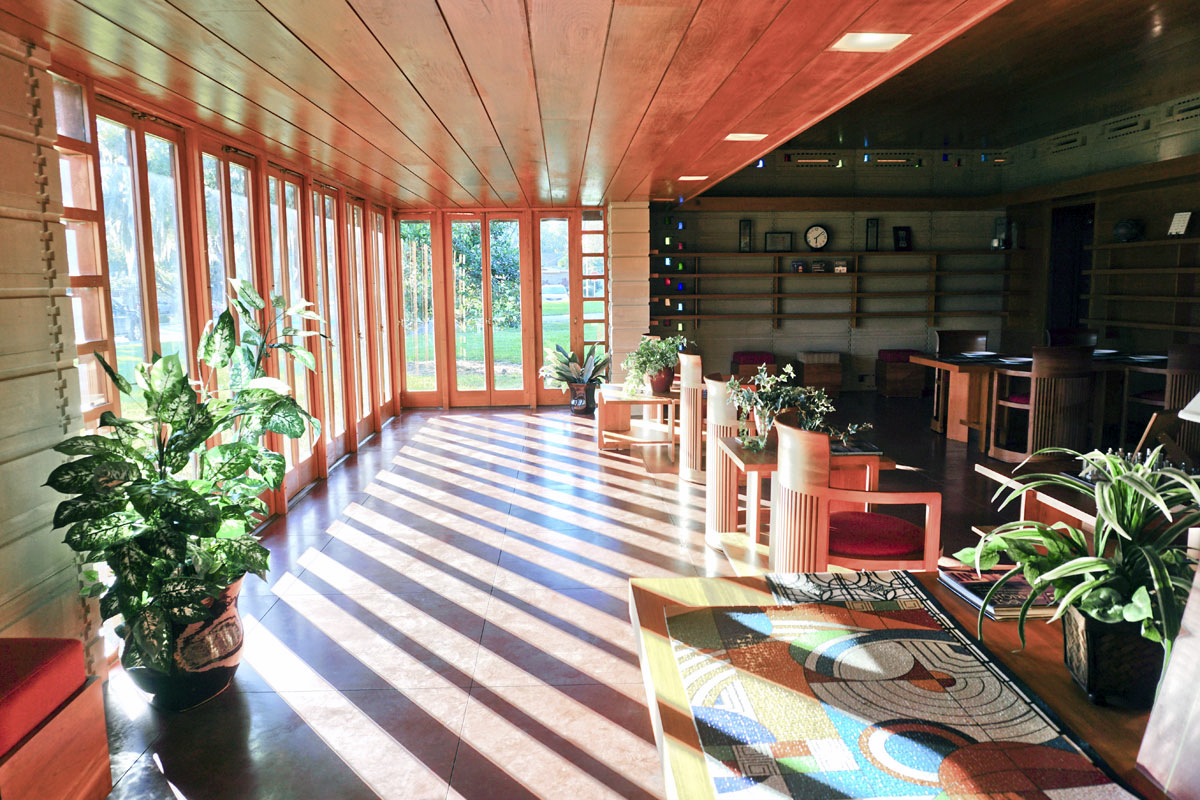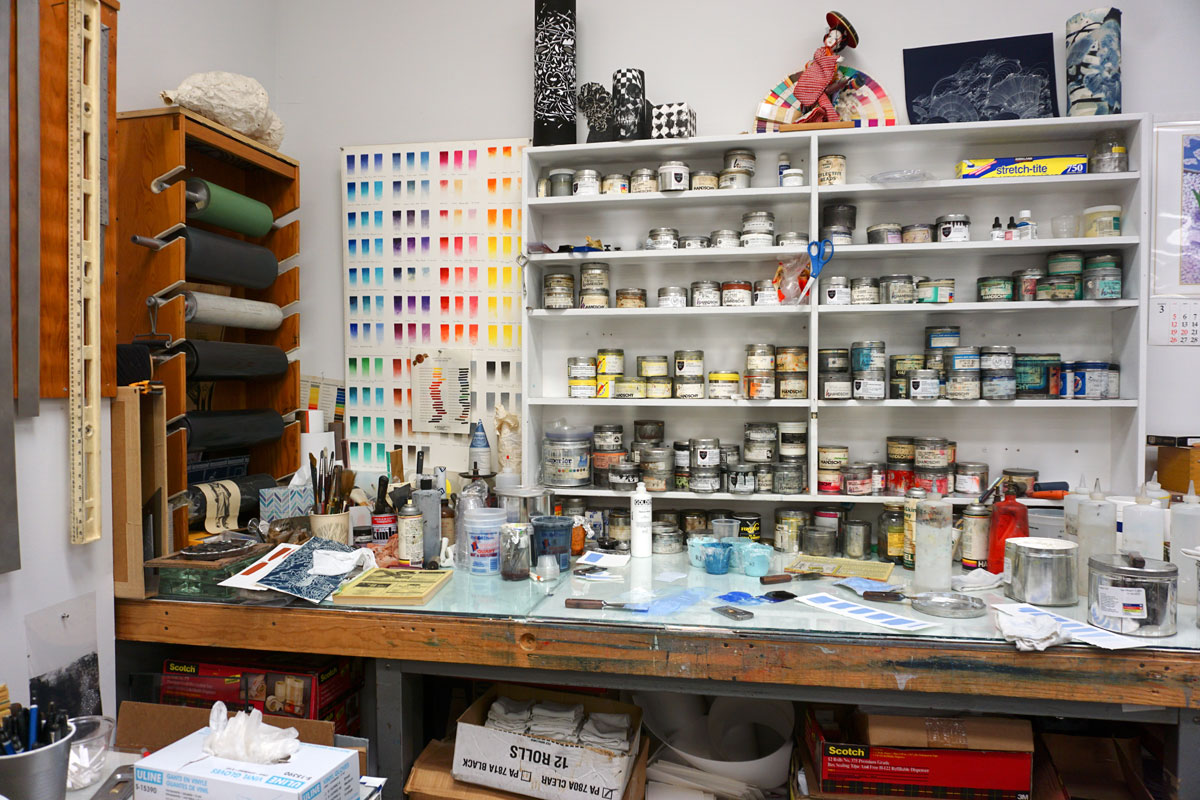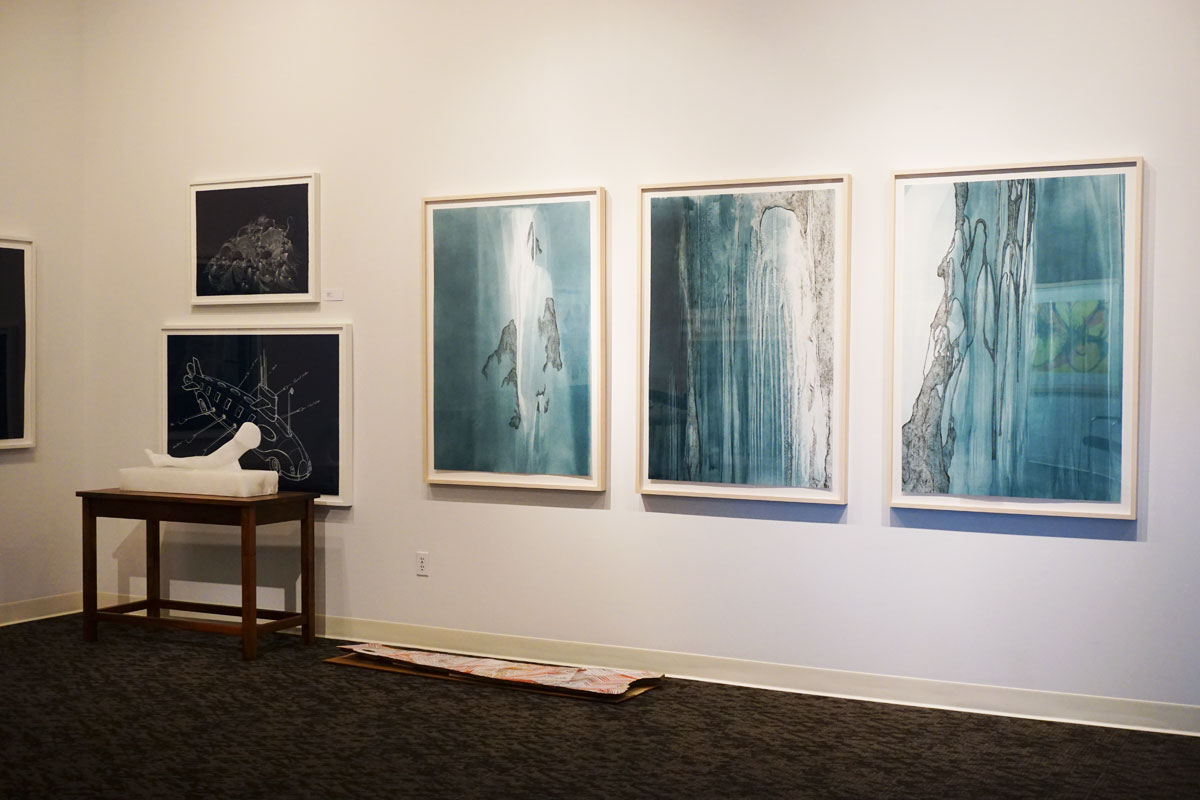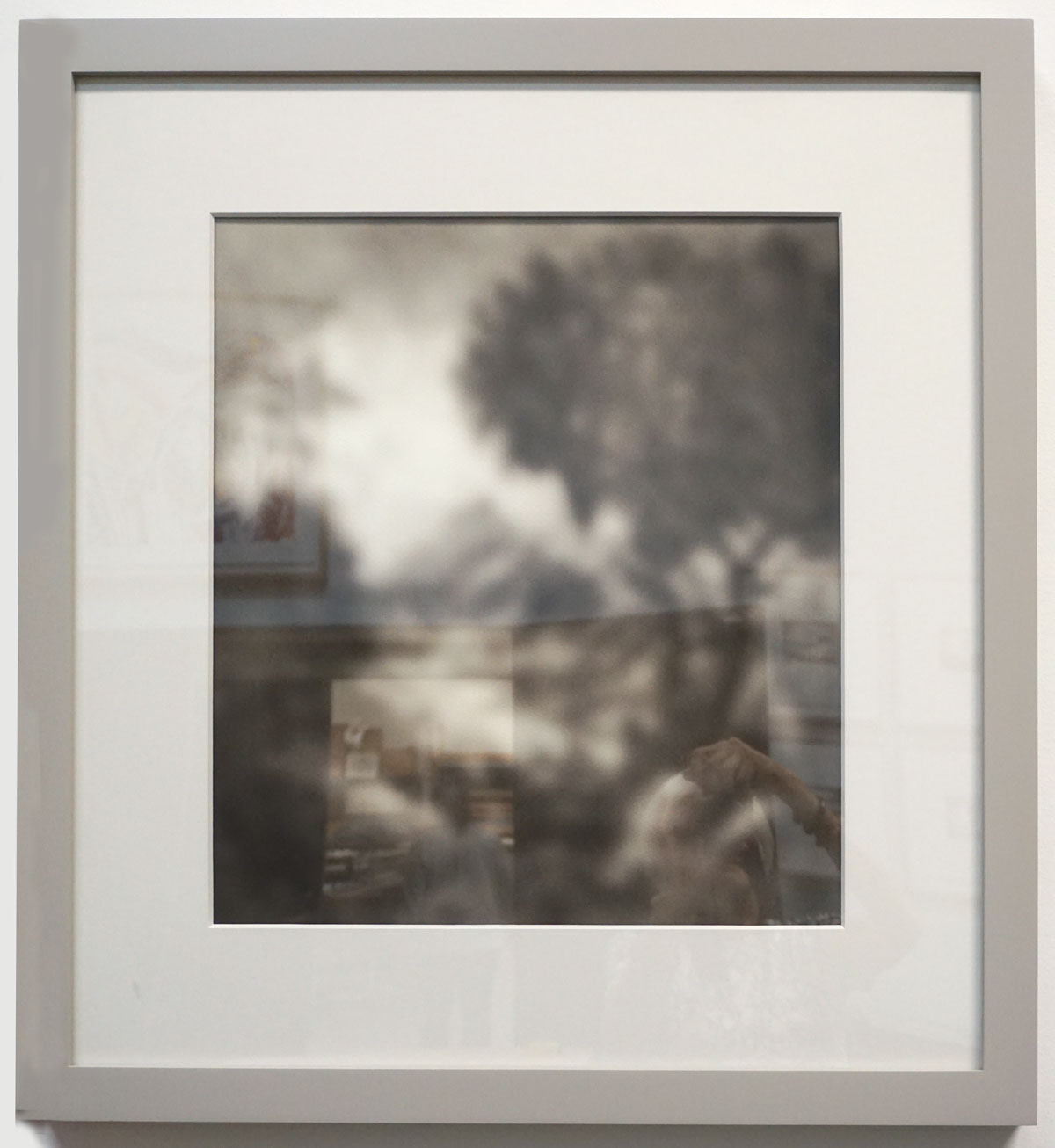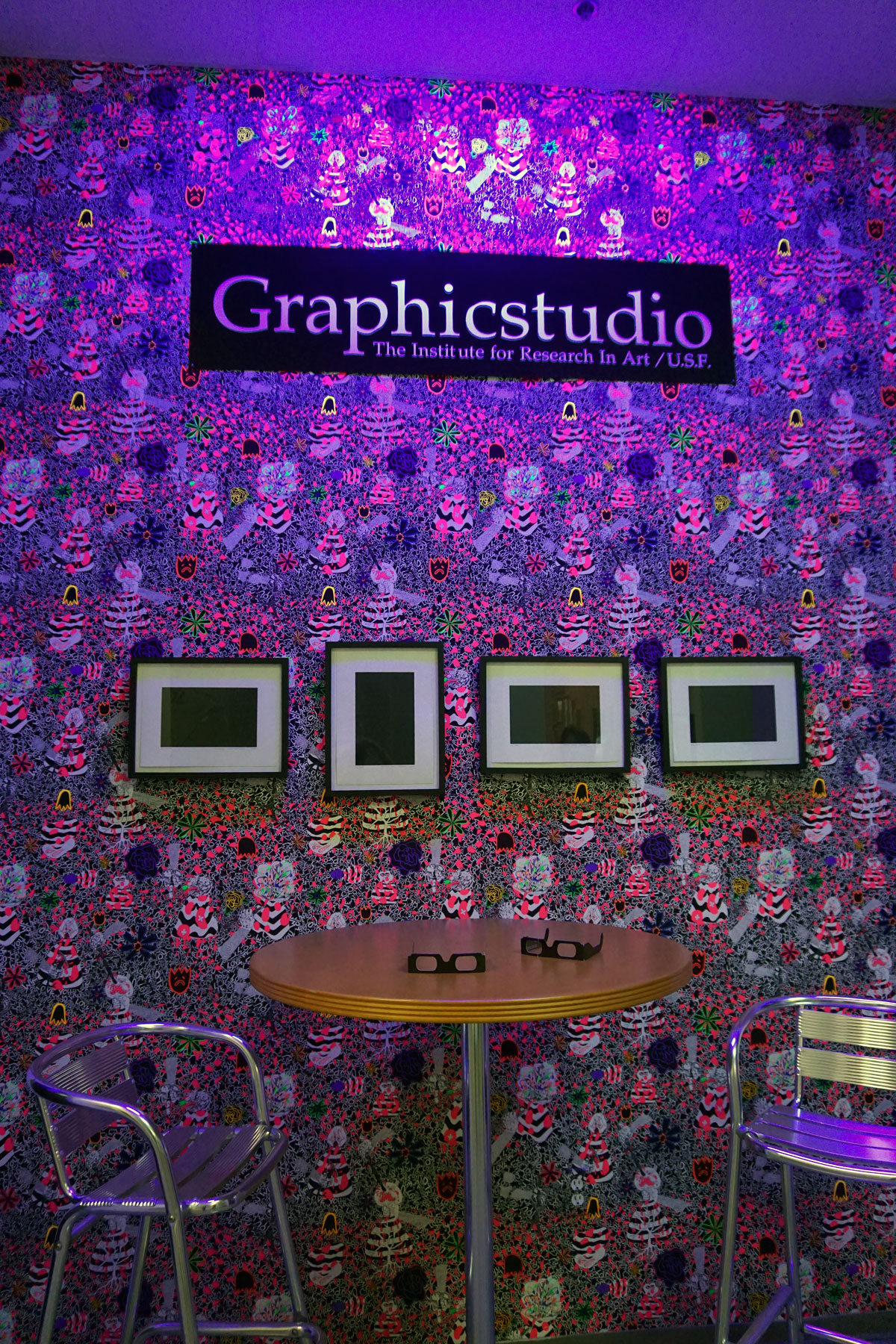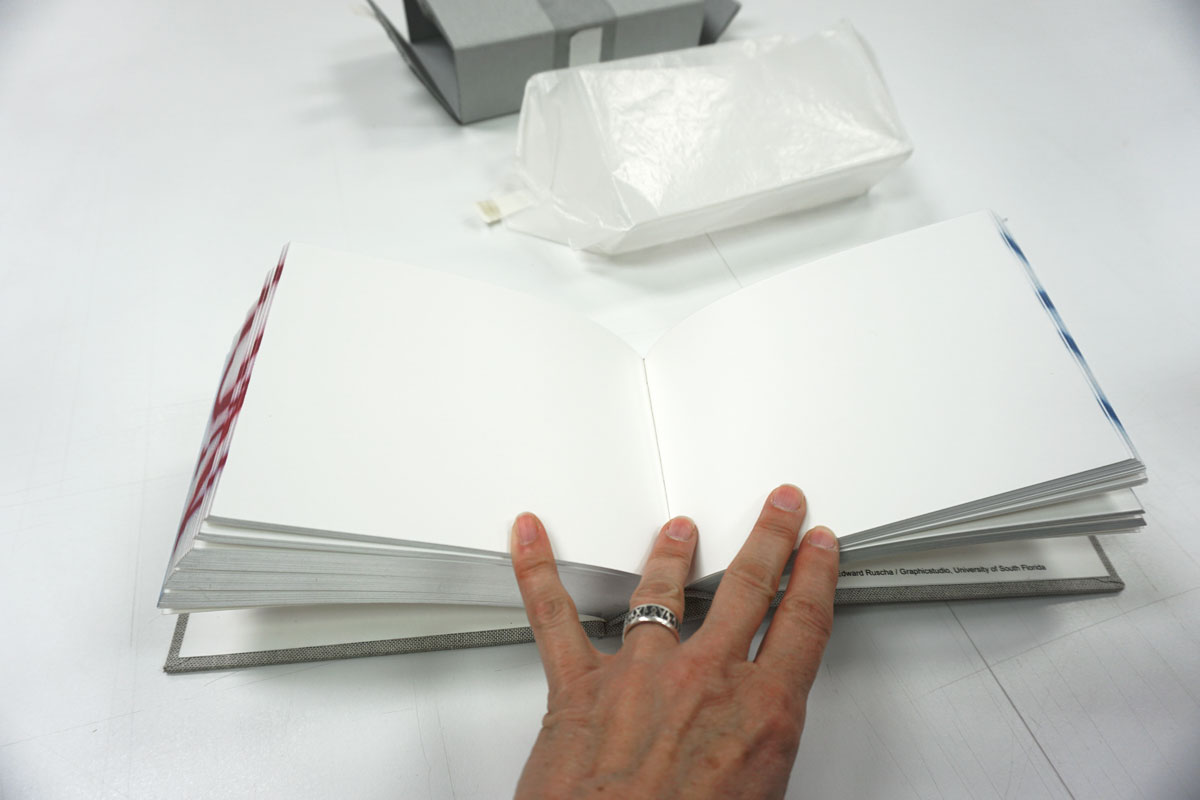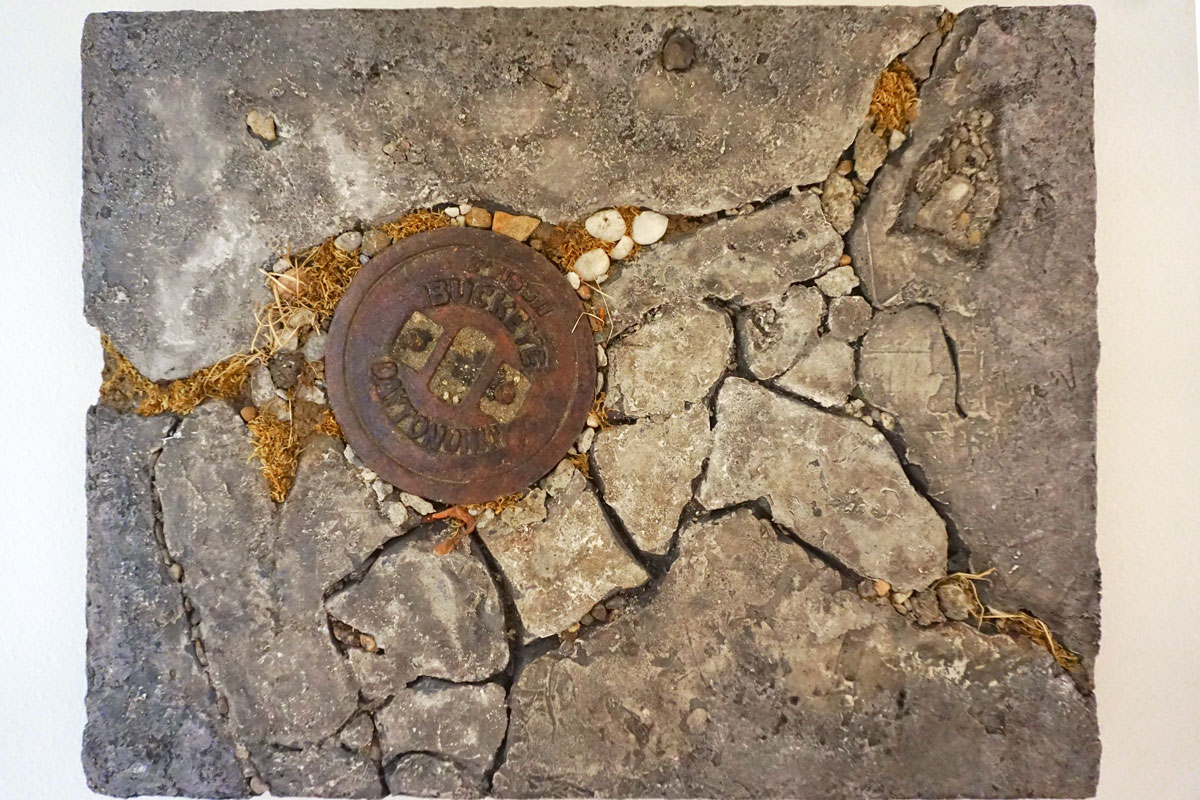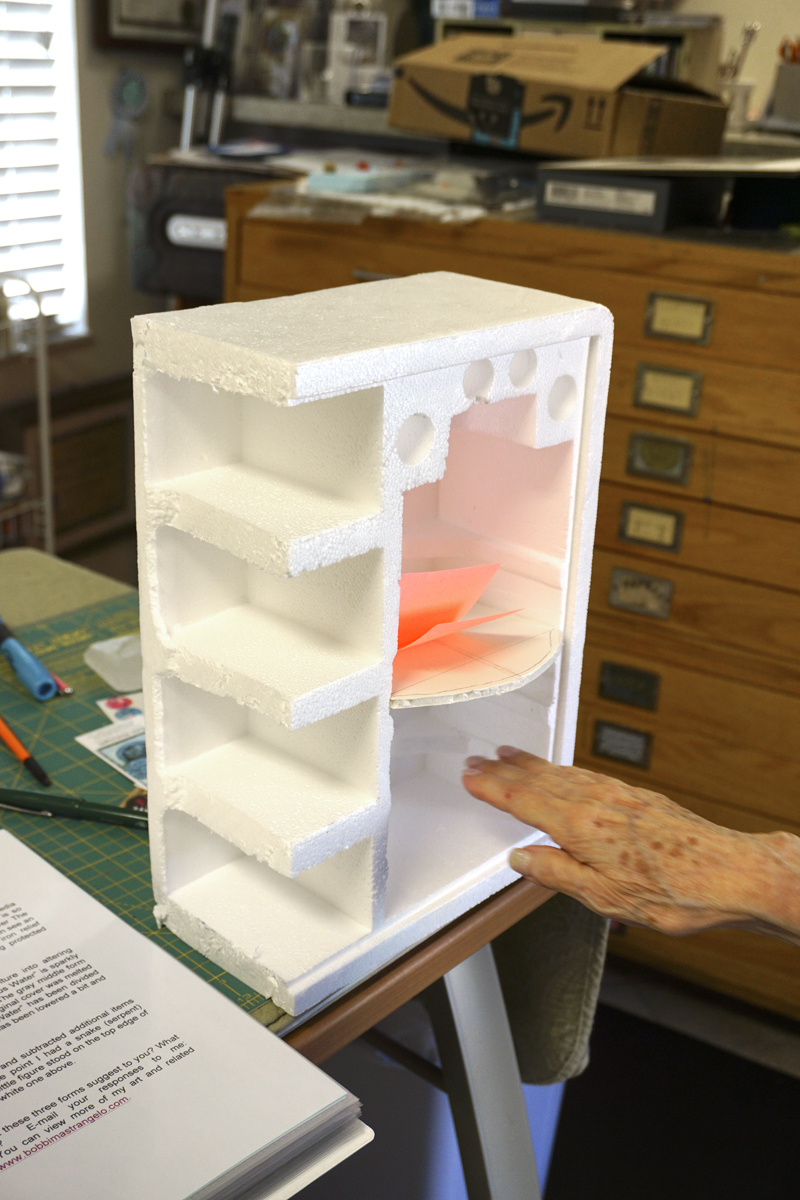No, matter how tough things may feel,
there’s always something good waiting around the corner.
Karen Salmansohn
© 2019 Louise Levergneux. Texas Paintbrush in the south of Texas, my backyard in April, not bad for inspiration!
Last January, when a certain practical side of life interrupted art, I cancelled a few visits in Florida. Since then, I re-communicated with Dorothy Simpson Krause, a local artist and book maker from Ft. Lauderdale, whom I had planned on visiting. In response, Dorothy was generous in emailing me images of her atelier and art work to share with all of you.
In my creative world, a zone, a sacred space is missing — a studio. I identified with my last workroom in Boise, Idaho, as 1/2 Measure Studio, since my space was a third of the square footage of my studio in Utah, but it was comfortable. Now, my atelier has shrunk again! Should I call it 1/16 Measure Studio?
© 2017 Louise Levergneux. Working on my artists’ book “Shadow Me” in my 1/2 Measure Studio in Boise, Idaho.
© 2019 Louise Levergneux. Without a physical space to call my own, here I’m working on my artists’ book “Surveillance” in Natalie Freed’s studio in Austin, Texas.
As artists, we learn how to downsize or expand our space depending on our situation. In 2013 Dorothy sold her home of 35 years and gave up her 3,200 square foot studio in New England to move full-time into a condo in South Florida.
© 2019 Dorothy Simpson Krause. Dorothy’s studio in Ft Lauderdale, Florida.
Dorothy explains her space and how it has not prevented her from creating wonderful large scale mixed media pieces, artist books and book-like objects that bridge between these two forms.
I occupy a compact office/studio. It has adequate counter and storage for minor projects, an Apple Power Tower Pro with 30″ monitor, a 17″ MacBook Pro, an Epson RX680 duplex printer and a 13″ Epson Stylus Pro 3880.
The condo has a considerable storage space for necessary supplies and ephemera and an outside storage unit for larger art.
I use the counter/bar in the kitchen when I need to spread out. For larger projects, I am fortunate to have access to the workspaces at the Jaffe Center for Book Arts http://www.library.fau.edu/depts/spc/jaffe.htm at Florida Atlantic University in Boca Raton. It is a excellent resource for inspiration and support.
© 2019 Dorothy Simpson Krause. Dorothy’s many filing cabinets.
© 2019 Dorothy Simpson Krause. Making a book for her Alaska trip.
Although my art background is traditional, the computer has become a primary art-making media, a repository of my records and my lifeline to the world.
My work embeds archetypal symbols and fragments of image and text in multiple layers of texture and meaning. It combines the humblest of materials, plaster, tar, wax and pigment, with the latest in technology to evoke the past and herald the future. My art-making is an integrated mode of inquiry that links concept and media in an ongoing dialogue — a visible means of exploring meaning.
© 2010 Dorothy Simpson Krause. Ancient Mysteries, a pyramid shaped structure was created after Dorothy had an opportunity to work with Karen Hanmer. Ancient Mysteries can be folded in a virtually infinite number of ways, and is housed in a leather slipcase embellished with two triangular pieces of metal.6''x6''x1.5'' 36 pages
© 2010 Dorothy Simpson Krause. Explorations was created during a trip to Egypt in 2010. Dorothy carried with her, a small book made with paper aged by crumpling and staining with tea, coffee and walnut ink. 6"x5.5", 24 pages.
© 2010 Dorothy Simpson Krause. Explorations was bound with a heavy paper, embossed with symbols resembling heiroglyphics, and was pamphlet stitched with three beads in the spine.
© 2010 Dorothy Simpson Krause. Vintage photographs of Egypt were collaged into the pages of Explorations.
© 2018 Dorothy Simpson Krause. Apache began on a trip to Arizona, this small book explores our appalling treatment of Native Americans. Vintage photos of Apache Indians are collaged onto small eco printed tags which are placed into a pocket accordion, designed to fit into a well-worn leather pouch. Closed 5.5″x 3.75″x 1.75″, opened (5.5″x 28″).
© 2012 Dorothy Simpson Krause. River of Grass created as part of the Helen M. Salzberg Inaugural Artist in Residence at the Jaffe Center for Book Arts, Wimberly Library, Florida Atlantic University.
© 2012 Dorothy Simpson Krause. River of Grass.
© 2012 Dorothy Simpson Krause. River of Grass.
© 2012 Dorothy Simpson Krause. River of Grass.
Dorothy eloquently explains her proposal for this prestigious residency and how her production paid homage to Marjory Stoneman Douglas’ seminal book, “The Everglades: River of Grass.”
Through our mutual communication and after viewing Dorothy’s website, I’m looking forward to a visit, when life’s magnificent path escorts me back in that corner of the world.
Meanwhile, I’m dreaming of a new set-up in our travel trailer to work anytime a wave of creativity comes along. I have a picture of what is needed using a lift-top with an adjustable lift platform for under our bed. If anyone knows of someone that is handy with tools that can build me an under the bed worktable, please let me know. I will be spending another two weeks in the Phoenix, Tucson, Gila Bend area of Arizona.
I would love to visit some artists’ book makers in the area, if anyone is interested in meeting with me, please email me at louiselevergneux (at) gmail (dot) com. Looking forward in meeting you!
Example of my dream workstation!! but under the bed storage area instead of a pouf!




